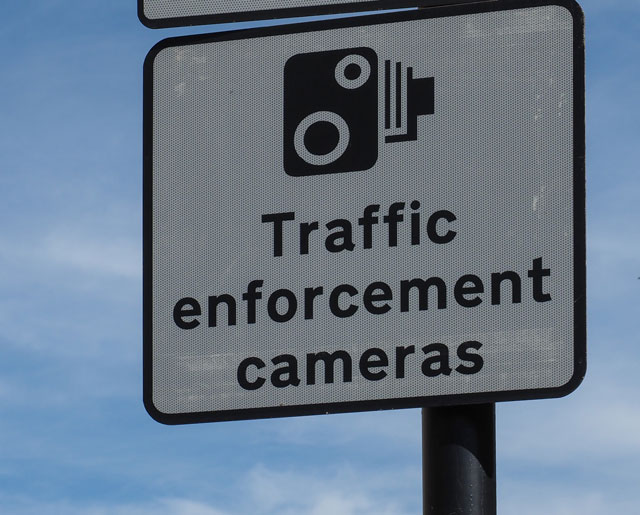Local authorities outside of London will soon gain wider control over traffic enforcement with the upcoming Moving Traffic legislation which is set to come into force on 31 May.
This legislation will grant councils in England the power to issue PCNs for moving traffic violations, such as illegal turning or stopping inside a yellow box junction – similar to the powers previously made available to authorities in London.
Authorities wishing to take advantage of these powers should begin preparing now. Below are four simple steps to get you started.

Reviewing camera infrastructure in your region is a great place to start when preparing for the new legislation. You will need reliable modern technology in all the appropriate locations to maximise compliance.
If you are starting from scratch with your camera network, there are many organisations in the market who can provide the equipment required to enforce these new contraventions. Additionally, if you don’t have cameras in place already, both the cameras and infrastructure can be procured through Taranto if required, making the entire process easier and quicker.
Where cameras are currently in place, bear in mind that Taranto is already compatible with many providers (and if we’re not, we can work to integrate with a provider of your choice).
A Traffic Regulation Order (TRO) enables councils to manage the behaviours of all road users by mapping out the traffic. This is a key element of being able to enforce the new Moving Traffic laws.
We recommend that these documents are completely up to date and include any areas where you wish to enforce the moving traffic regulations, such as yellow box junctions.
The Taranto team has already helped several clients to source appropriate consultants to help with TRO management.
When progressing contraventions captured by cameras and processed by the back-office, Taranto’s Fleet Bureau solution can expedite the Transfer of Liability (ToL) process for hire and lease vehicles.
Prior to any postal PCNs being sent, Fleet Bureau checks the vehicle registration against our proprietary bureau of keeper details before going to the DVLA – this means that the ToL occurs electronically with our partners, reducing lookup costs and ensuring PCNs are sent out in days, not weeks.
The Taranto system will need to be set up and configured to include the new hardware and TROs to become active once the new moving traffic legislation is live. Due to the flexibility of Taranto, users with suitable permissions can do this for themselves.
If required, we can provide training to support this process, or potentially also the resource to undertake this work on your behalf.
Moving Traffic represents a significant change for local authorities, and there are some important steps to be taken before the new legislation is live.
Taranto is experienced at working with local authorities to deliver technology associated with moving traffic enforcement.
If you want advice on what camera enforcement for moving traffic could look like in your region, please get in touch.